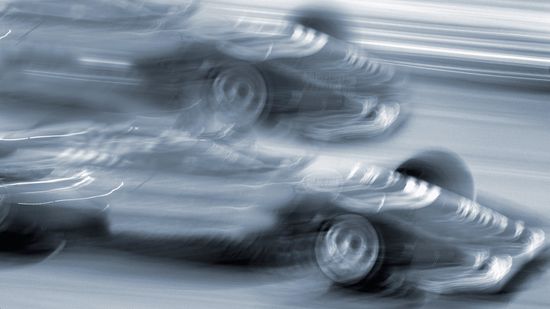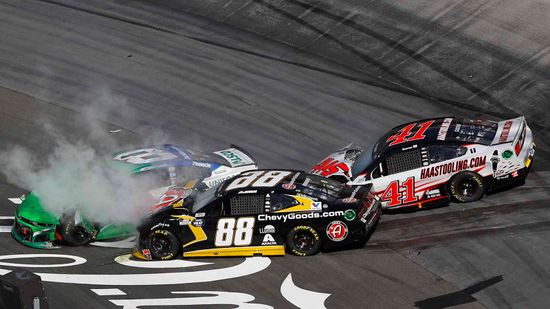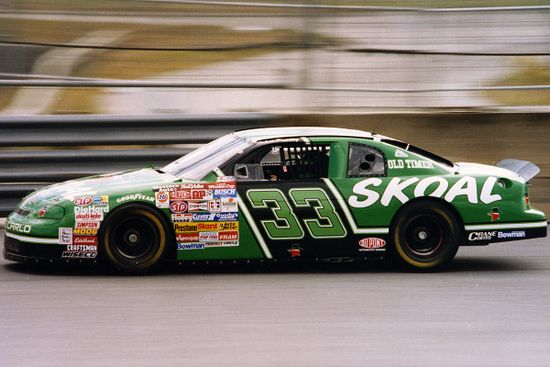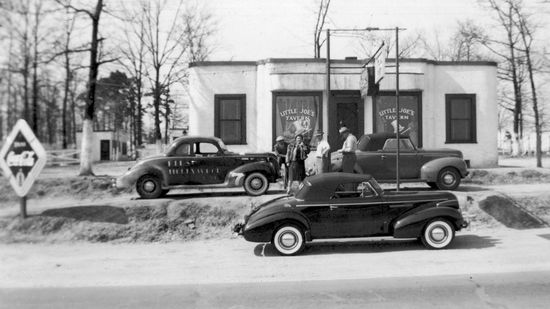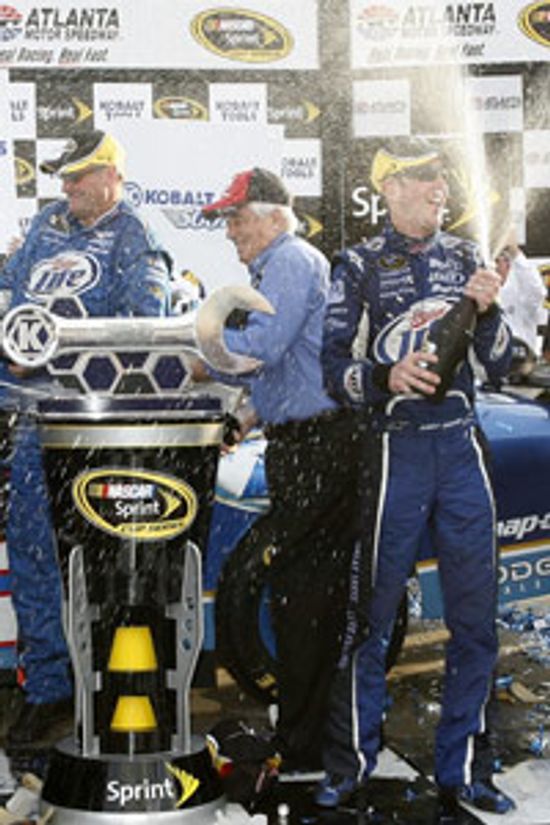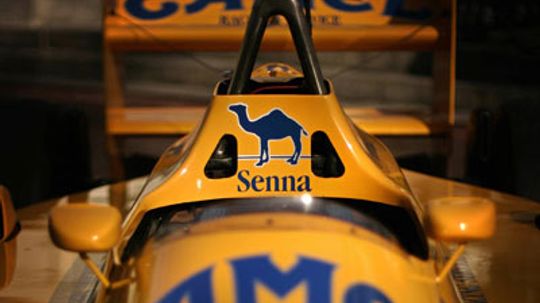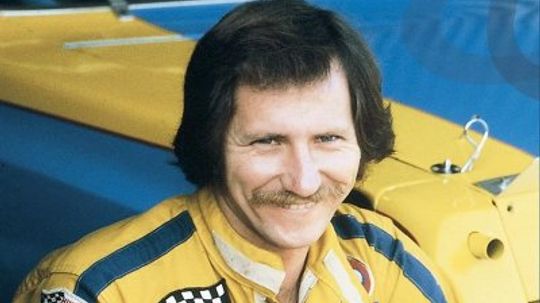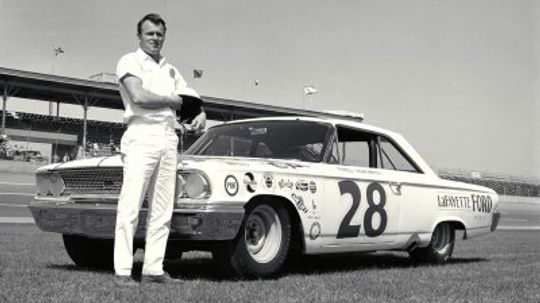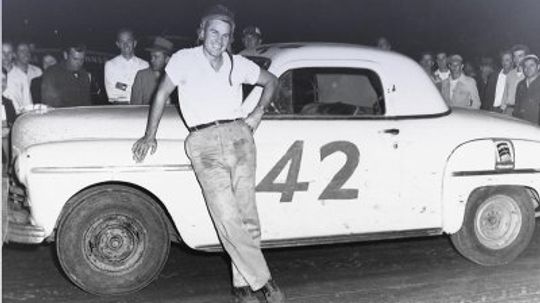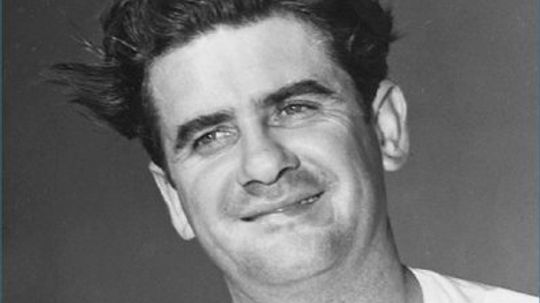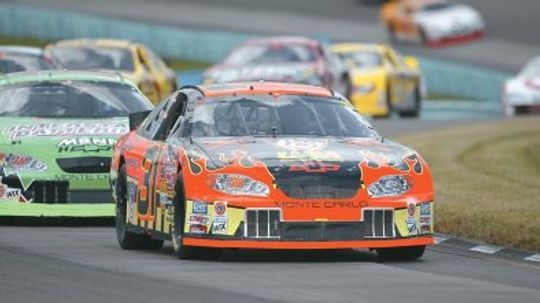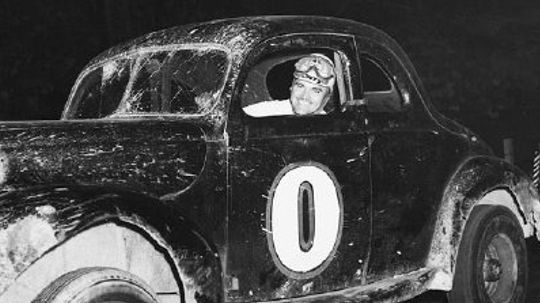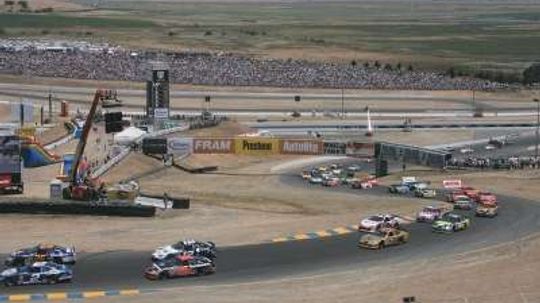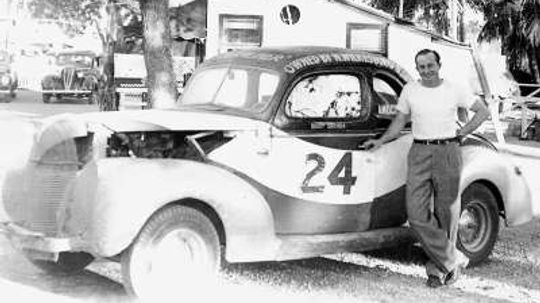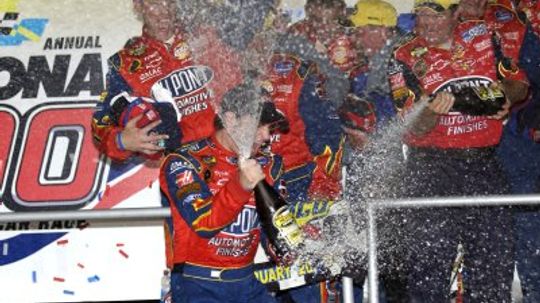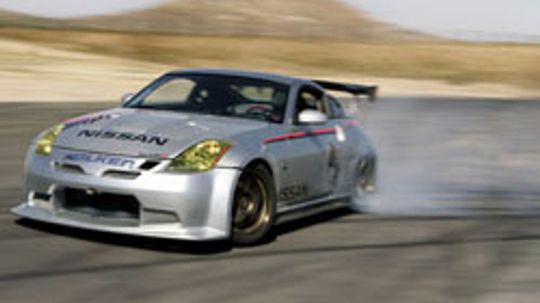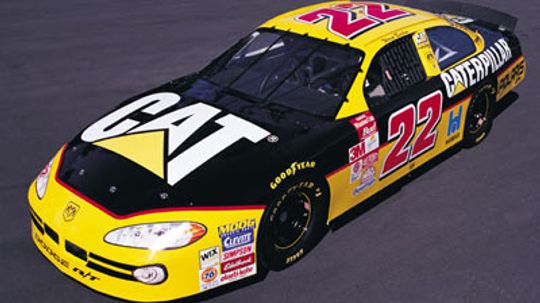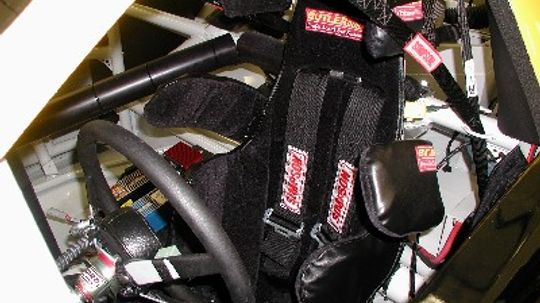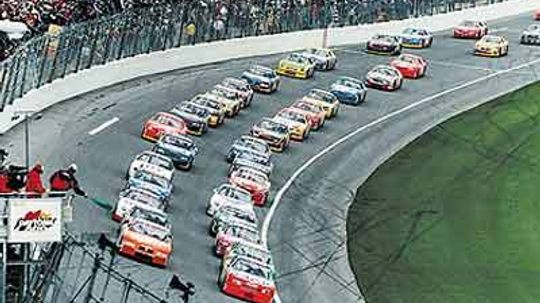Auto Racing
Auto Racing includes information about different styles of racing and auto racing safety. Learn about auto racing on the Auto Racing Channel.
Learn More / Page 4
Formula One racing is one of the most popular sports in the world, appealing to millions of fans and attracting huge sponsorships. Why? It satisfies our fundamental need for the thrill of high-speed travel.
Dale Earnhardt Jr. is both blessed and burdened with one of the legendary names in racing history. As the son of NASCAR icon Dale Earnhardt, Dale Jr. inherited his father's instincts and hard-charging style.
Dale Earnhardt earned his nickname, "The Intimidator," with bold aggressive driving. His skill and daring made him the first NASCAR driver to win Rookie of the Year and the championship in the same year. Check out more on this 7-time NASCAR champion.
Advertisement
Fred Lorenzen was 15 years old during his first experience in a beefed-up stock car, trying to flip it instead of race it. As a pro driver in 1964, Lorenzen ran five races in which he led 1,679 of 1,953 laps. Learn more about this driven professional.
Lee Petty was not a hard charger -- he was the great calculator, applying the strategies of a chess player. In his career he won 54 times and had top-ten finishes 332 times in 427 career NASCAR Grand National starts.
Buck Baker was one of the toughest and most capable high-speed NASCAR chauffeurs of the 1950s. A versatile driver who could hop in an unfamiliar car with ease, Baker won races in eight different makes of cars.
Has any sport enjoyed the phenomenal growth that NASCAR has seen in its brief history? NASCAR is not only the dominant motorsport, but it has also overtaken baseball, golf and basketball in overall popularity.
Advertisement
Fonty Flock participated in NASCAR's first season and quickly distinguished himself as a fan favorite. He was intelligent and one of the few drivers who felt comfortable with media interviews. Learn about the life and career of Fonty Flock.
Each NASCAR race car track is as unique as its location. Find out more about the individual features of the tracks, get visitor information and view pictures and diagrams of the tracks.
Visionary Bill France saw the potential of a unified, organized racing series and created the NCSCC in 1947. This eventually transformed into NASCAR as we know it today. Here is a quick 1947 recap of events in NASCAR history.
They call the Daytona 500 "The Great American Race." We've sorted through five decades of thrills and spills and pinpointed the 10 best ever races of the Daytona 500. See the list -- and let the NASCAR arguments begin.
By Larry Woody
Advertisement
In drifting, drivers force their car to slide sideways through a turn, and professional drifters can accomplish a true driving contradiction: They can control what happens when their tires no longer grip the road.
By Julia Layton
The original NASCAR races were run on dirt tracks in regular street cars. Today, almost every piece of a NASCAR race car is handmade. Get a behind-the-scenes look at how these amazing machines come together.
By Karim Nice
Racing is a dangerous business, but NASCAR safety has improved dramatically since the death of Dale Earnhardt. Find out about NASCAR technology, see pictures of NASCAR safety devices and learn how the industry safeguards these 200-mph racers.
By Kevin Bonsor & Karim Nice
RaceFX gives you the edge when you're watching a NASCAR race on TV -- it highlights a car and follows it around the track at 200 mph! Find out how this high-tech tracking system operates!
By Kevin Bonsor
